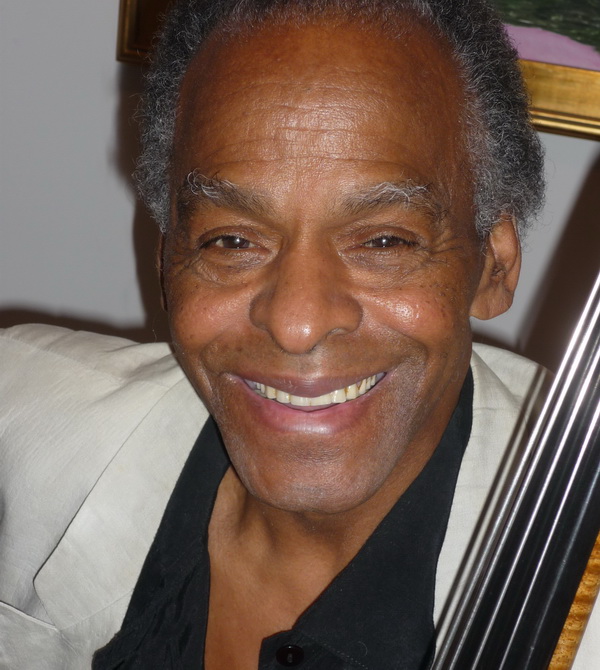Cecil McBee’s compositions can be tricky and unpredictable in many ways, and Pantomime is one where the melodic and harmonic elements are equally challenging. However, this song has a playful quality throughout that really holds it together, especially in the rhythm; the beginning and end of the head really swing despite all of this song’s tonal ambiguity. The lack of a key center is solidified in prickly wide-interval lines and dense chord structures. There are no repeated sections in the head, but the last section (D) ends the same as A. In between, the middle section of the head has a striking contrast: the piano and bass drop out and the drums set up a Latin groove (B), which continues through a C section with melody and drums only. The piano and bass return halfway through the second measure of D.
Solos are on a 39-measure form (four eight-measure sections and one last seven-measure section), with changes loosely based on the head. The first 16 measures of the solo chorus are over a single chord, A13sus(♭9), with a repeated two-measure bass figure.
We have a Concert Condensed Score, first and second horn parts, and piano and bass parts. Drummers should read the condensed score. The horns play mostly unison at A and D, and harmonize for some of C. Because of the high range of the melody, some lines in our tenor sax and trombone 2nd parts are written an octave below the 1st part.
Before "
Unspoken," Cecil McBee had recorded with drummer Matt Wilson on the latter’s debut album as a leader “As Wave Follows Wave,” as well as on two albums by guitarist Garrison Fewell. Also in 1996, Wilson recorded with saxophonists Thomas Chapin, Lee Konitz, and Dewey Redman and pianist
Don Friedman.


